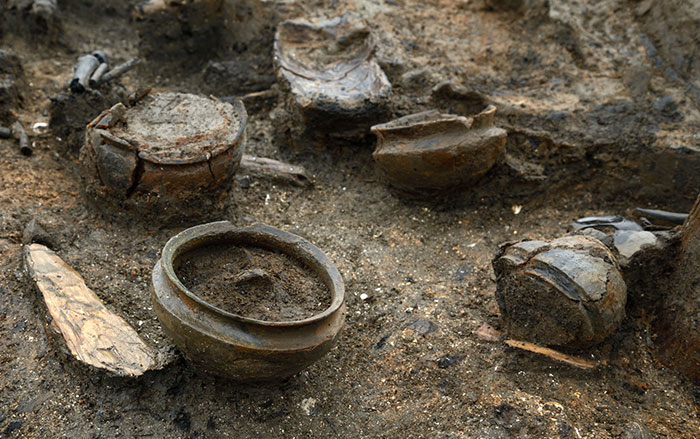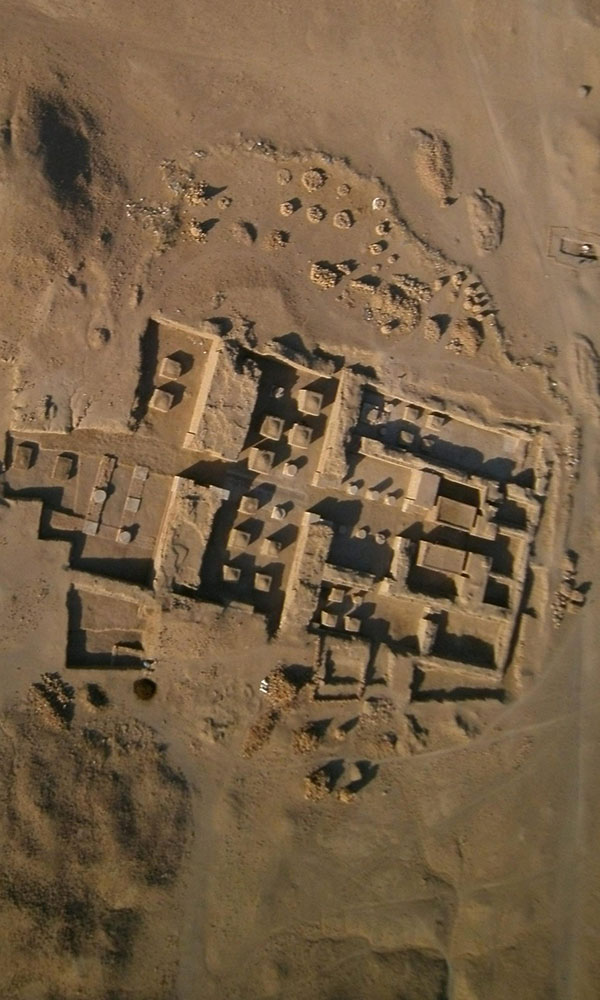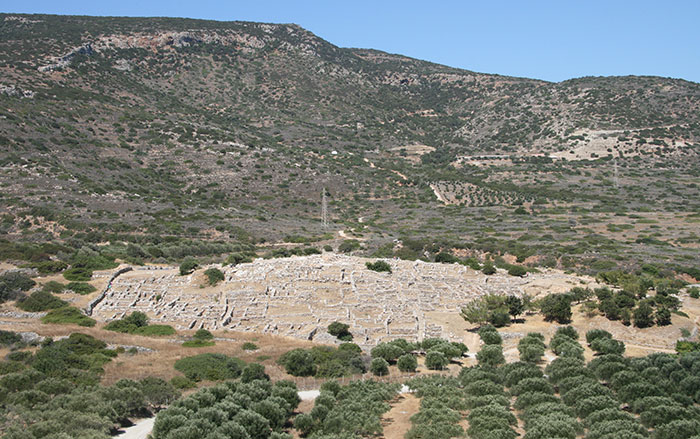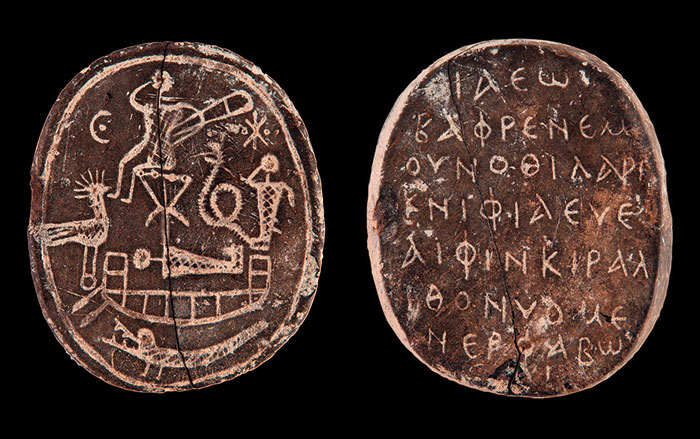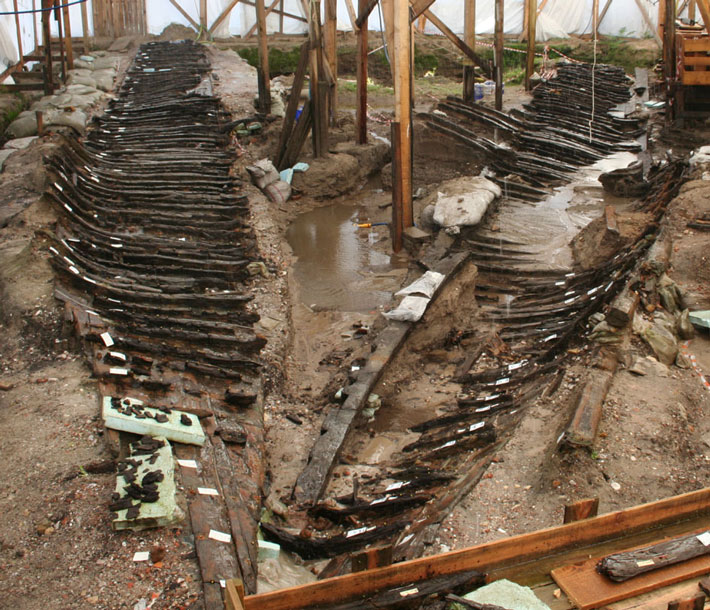
A salvage excavation occasioned by the construction of a rail project crossing the Bosphorus in Istanbul, Turkey, turned up a bonanza of shipwrecks from the Byzantine era: In all, 37 have been found since 2004. Now a team of researchers has scrutinized each timber in eight of the wrecks, dating from the seventh to tenth centuries A.D., and has gained new insight into the markedly different materials used to build merchant ships and warships of the time.
The team studied six merchant round ships, powered primarily by sail, and two galley warships, powered by oar. “The merchant ships were massive and would have bludgeoned through the waves,” says Cemal Pulak of the Institute of Nautical Archaeology in College Station, Texas, “whereas the galleys are long and flexible and their timber is quite light—and they selected different types of material for that.”
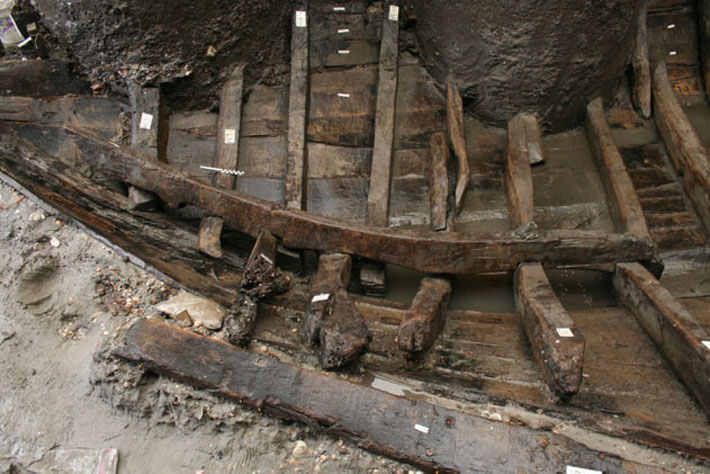
Analysis of the ships’ timbers found a number of indications that the warships were built at greater expense. For example, the galleys’ planking consisted of European black pine, which would have been imported from afar, while readily available Turkey oak was used in the round ships. It is unclear whether merchant galleys of the time were built with the same high-quality materials as galley warships, as no merchant galleys from the Byzantine era have yet been found.



